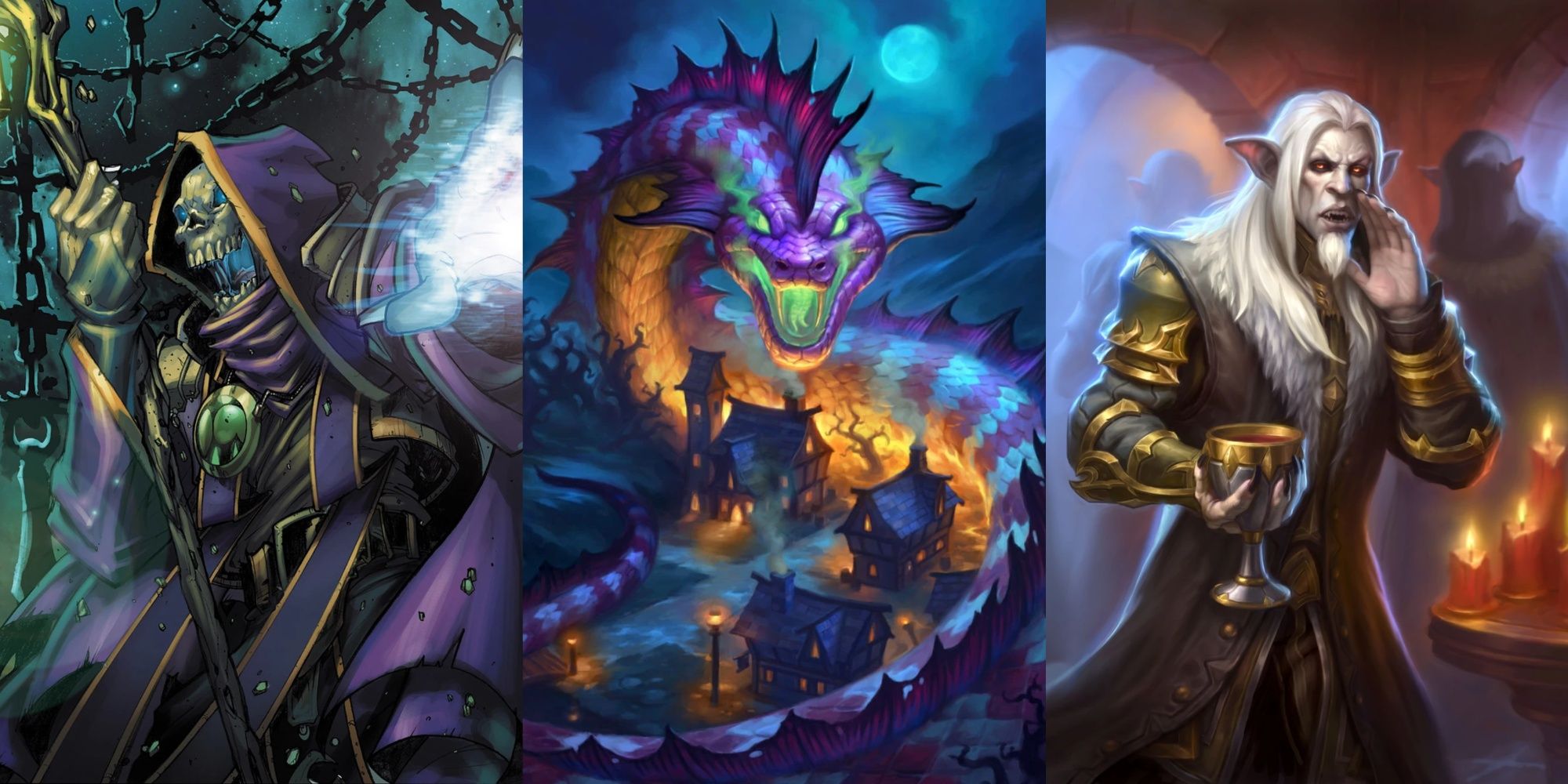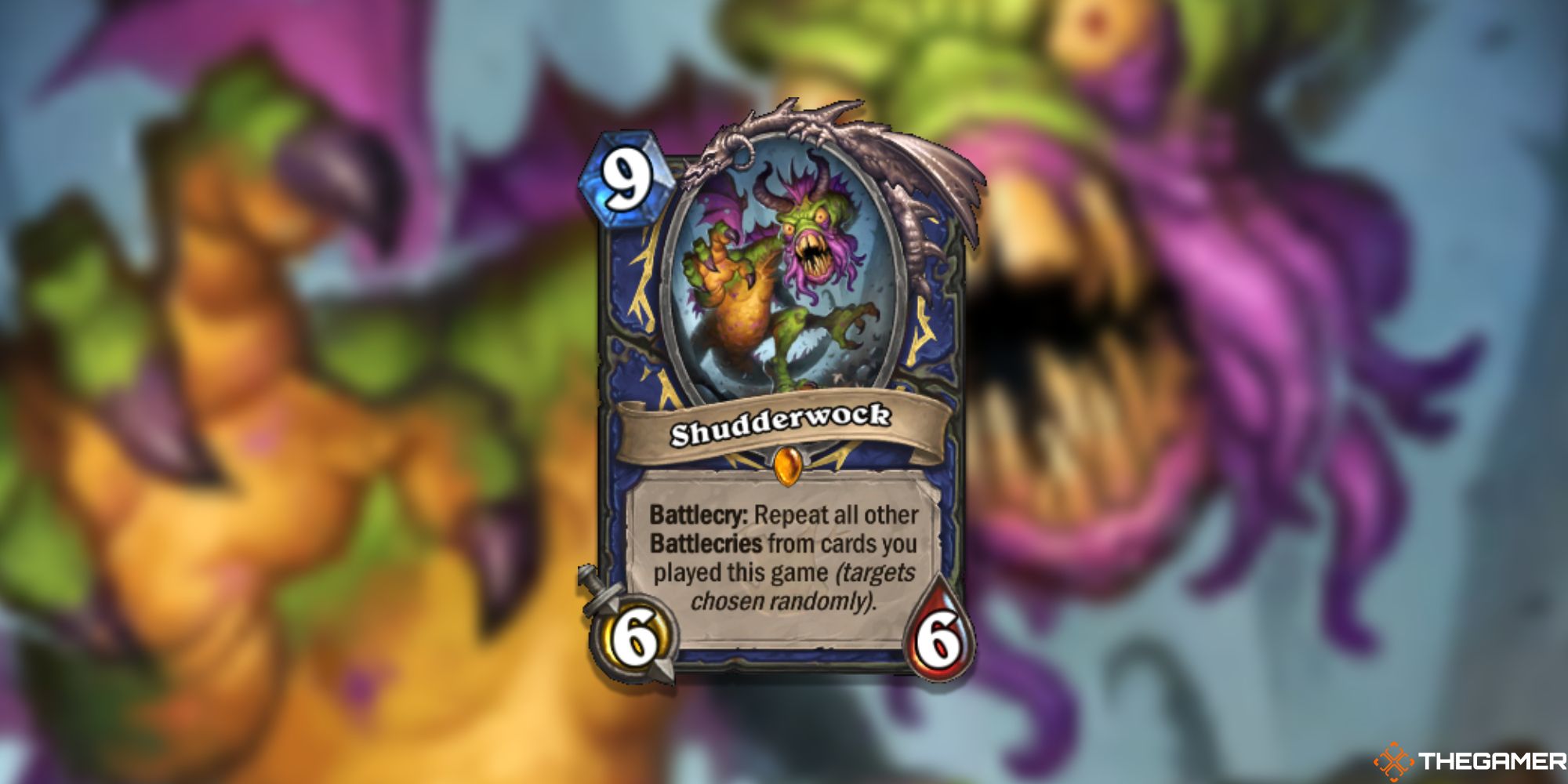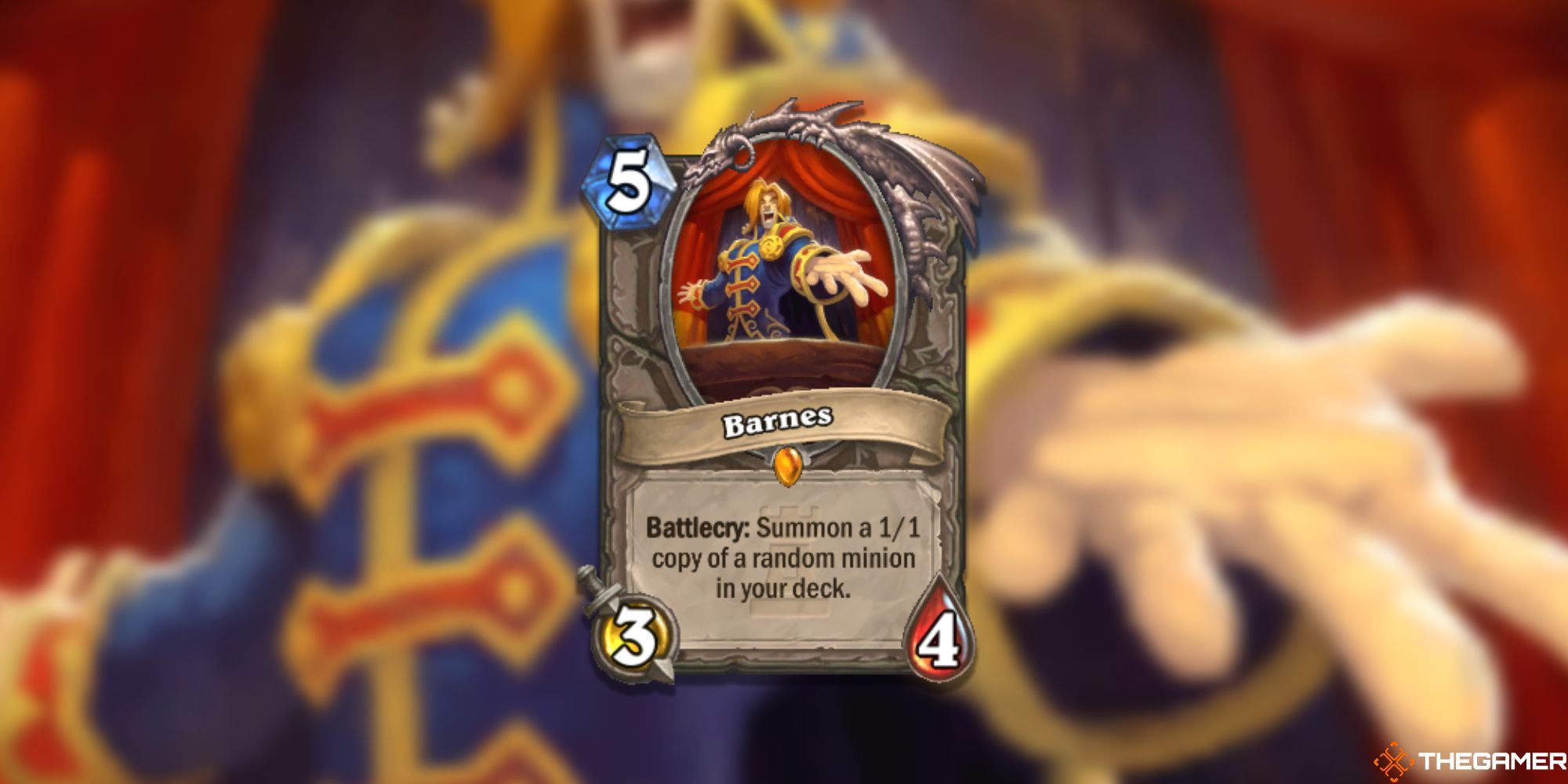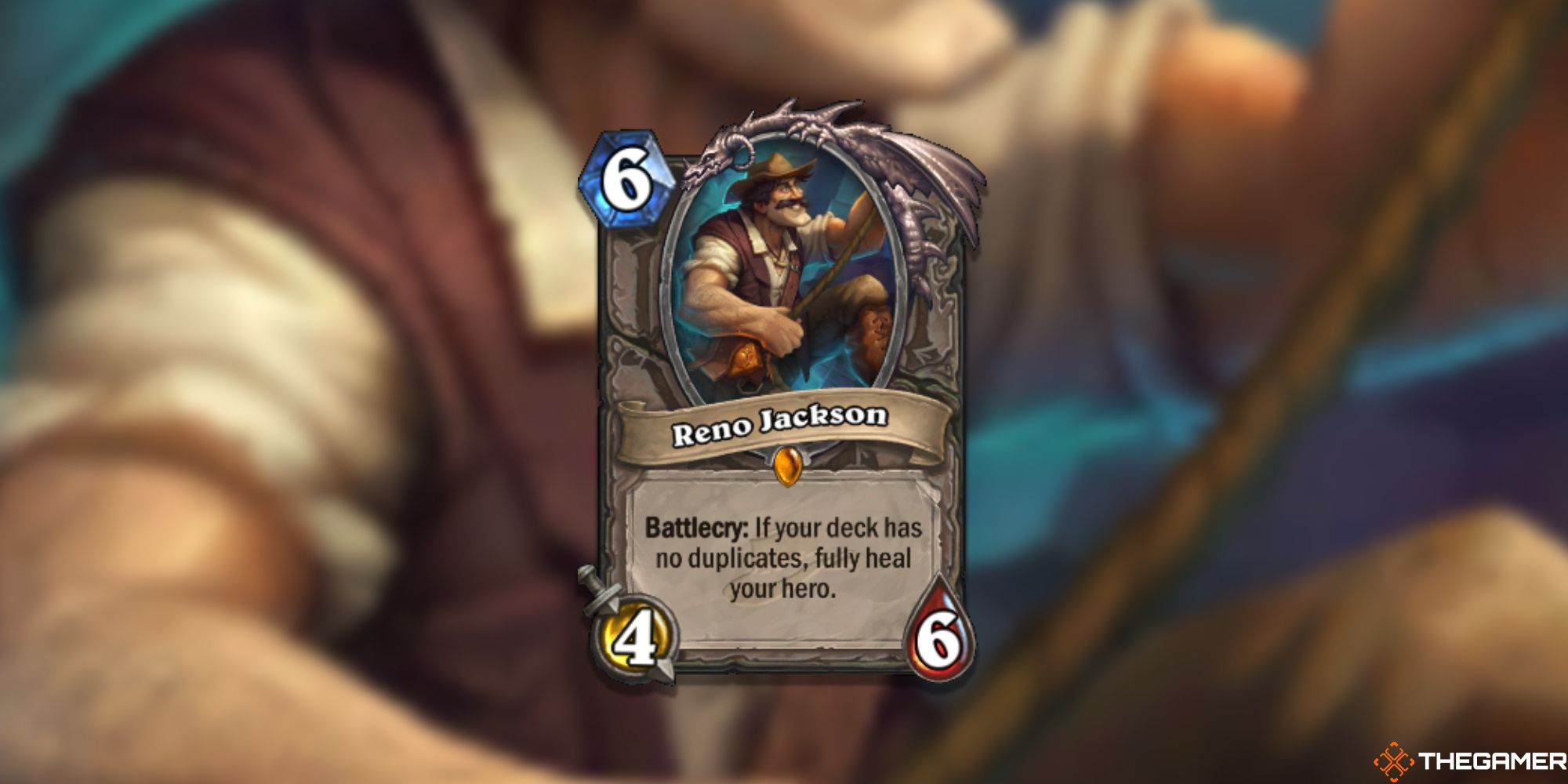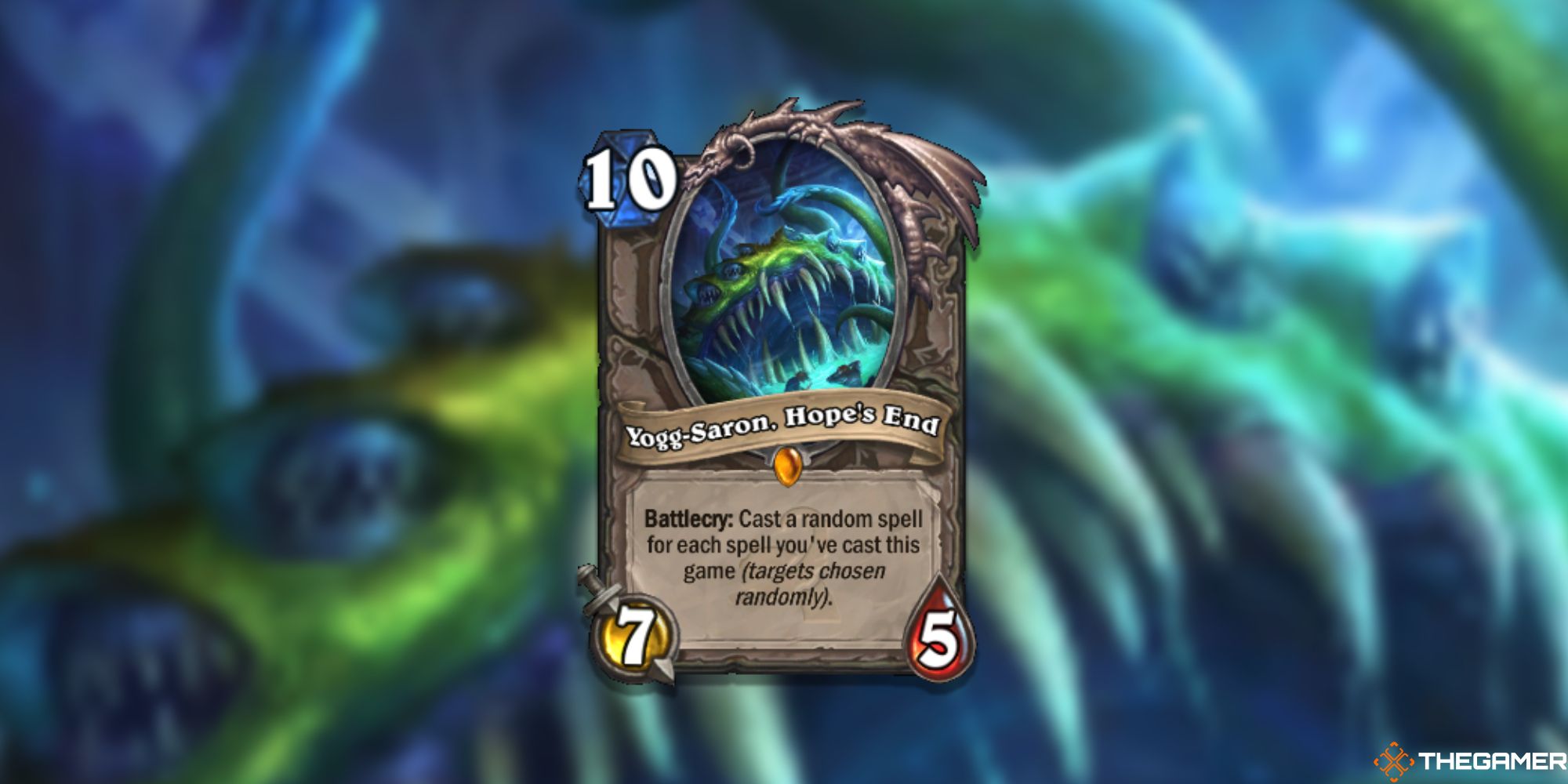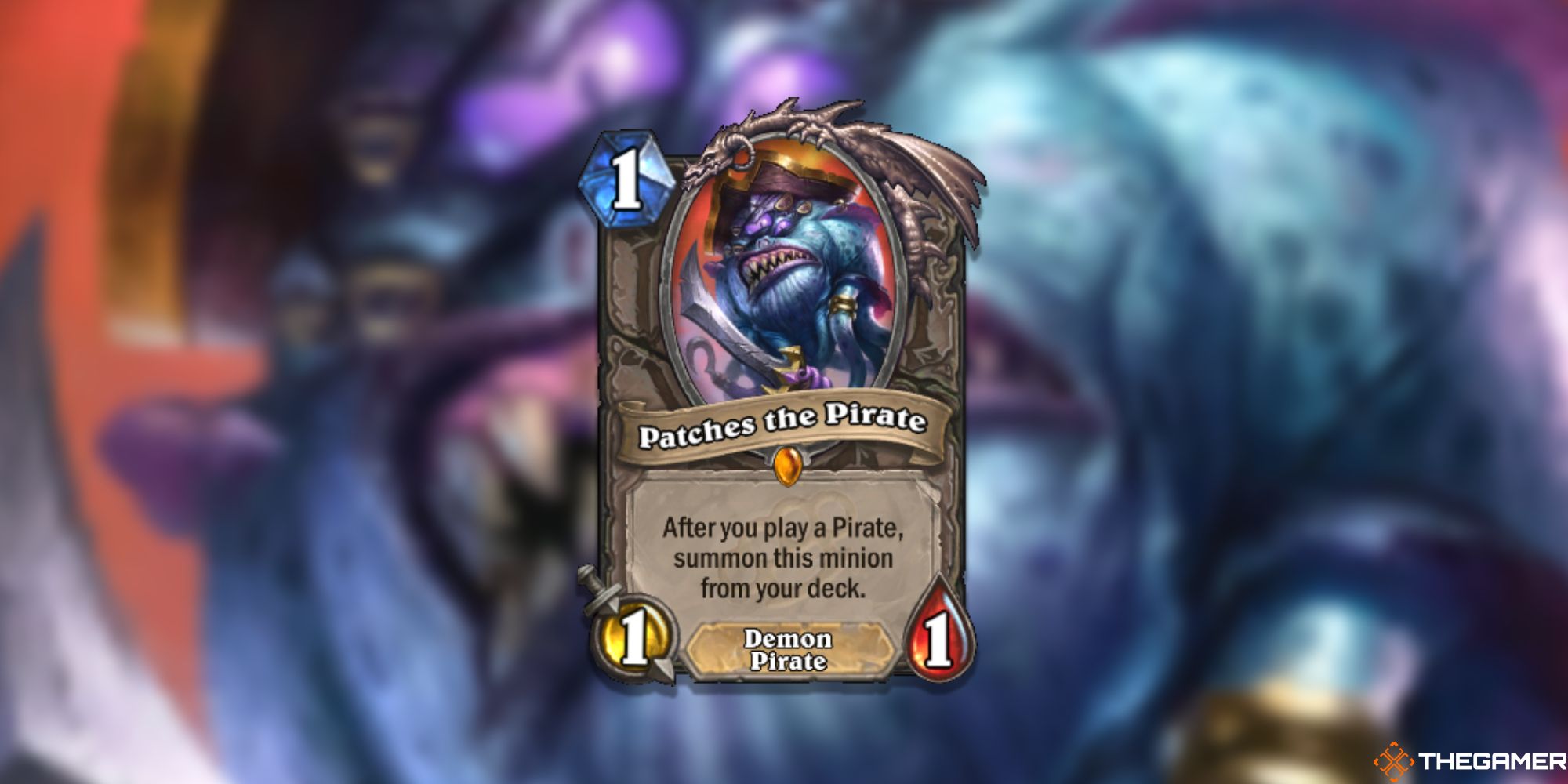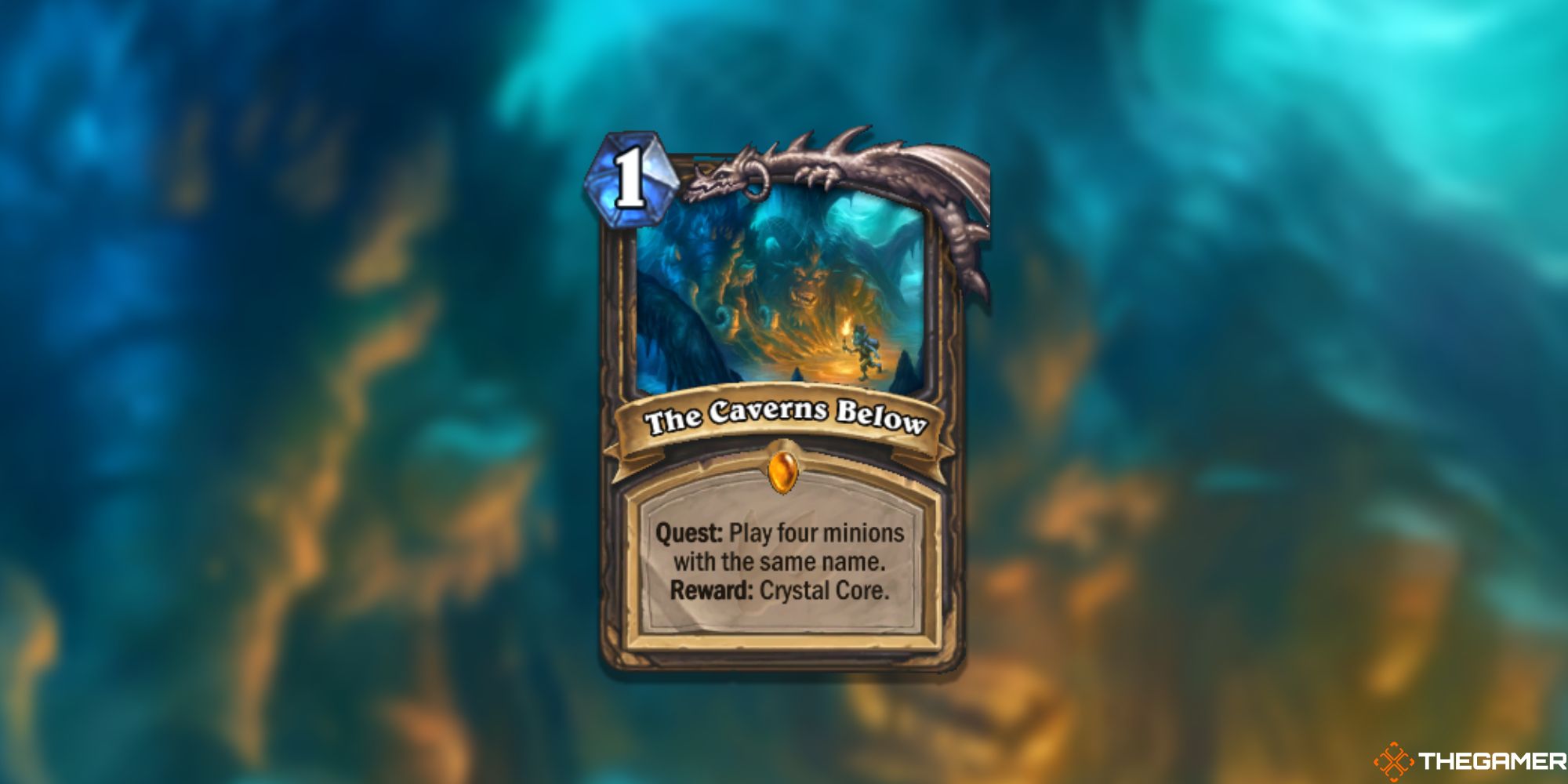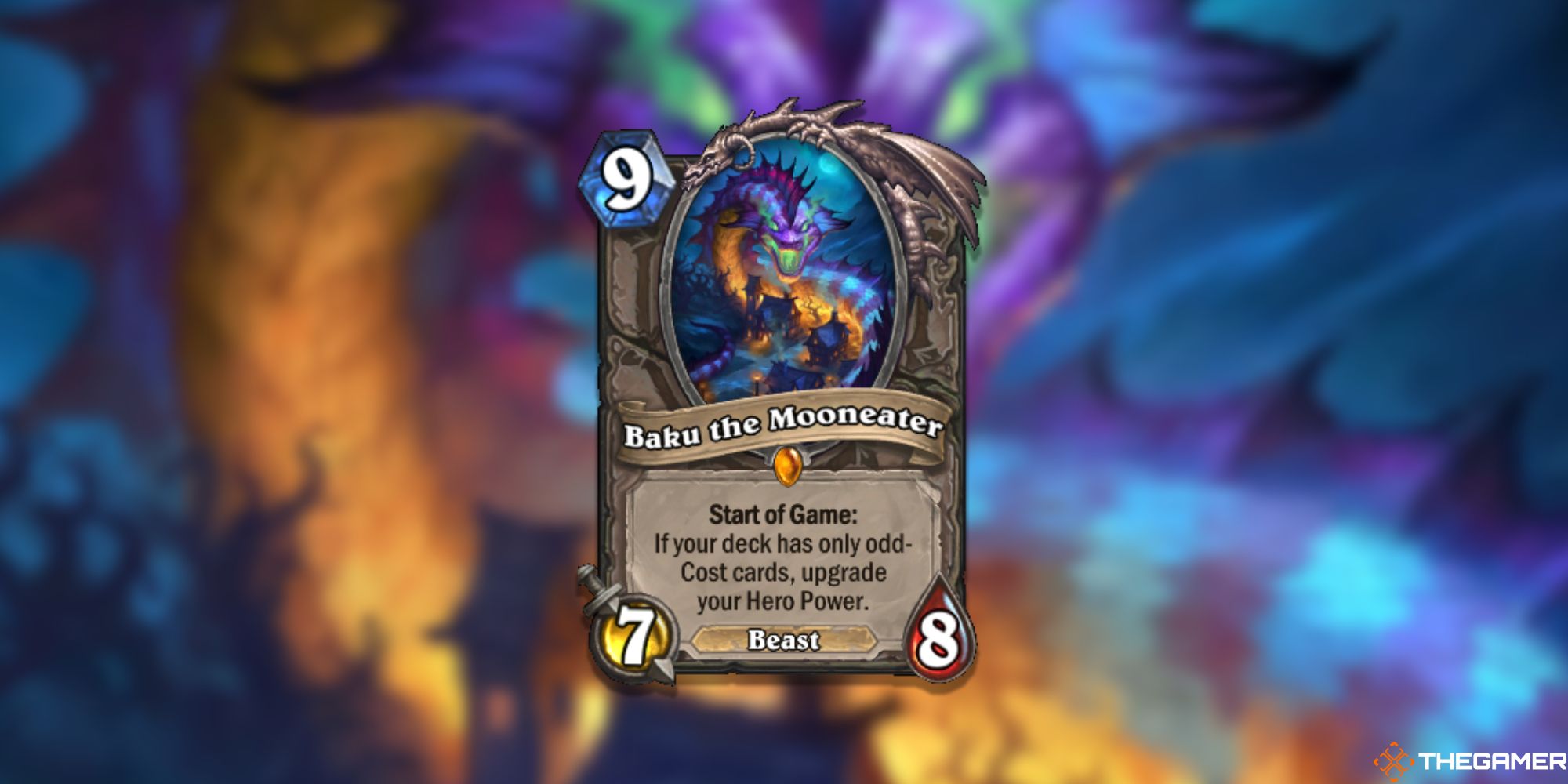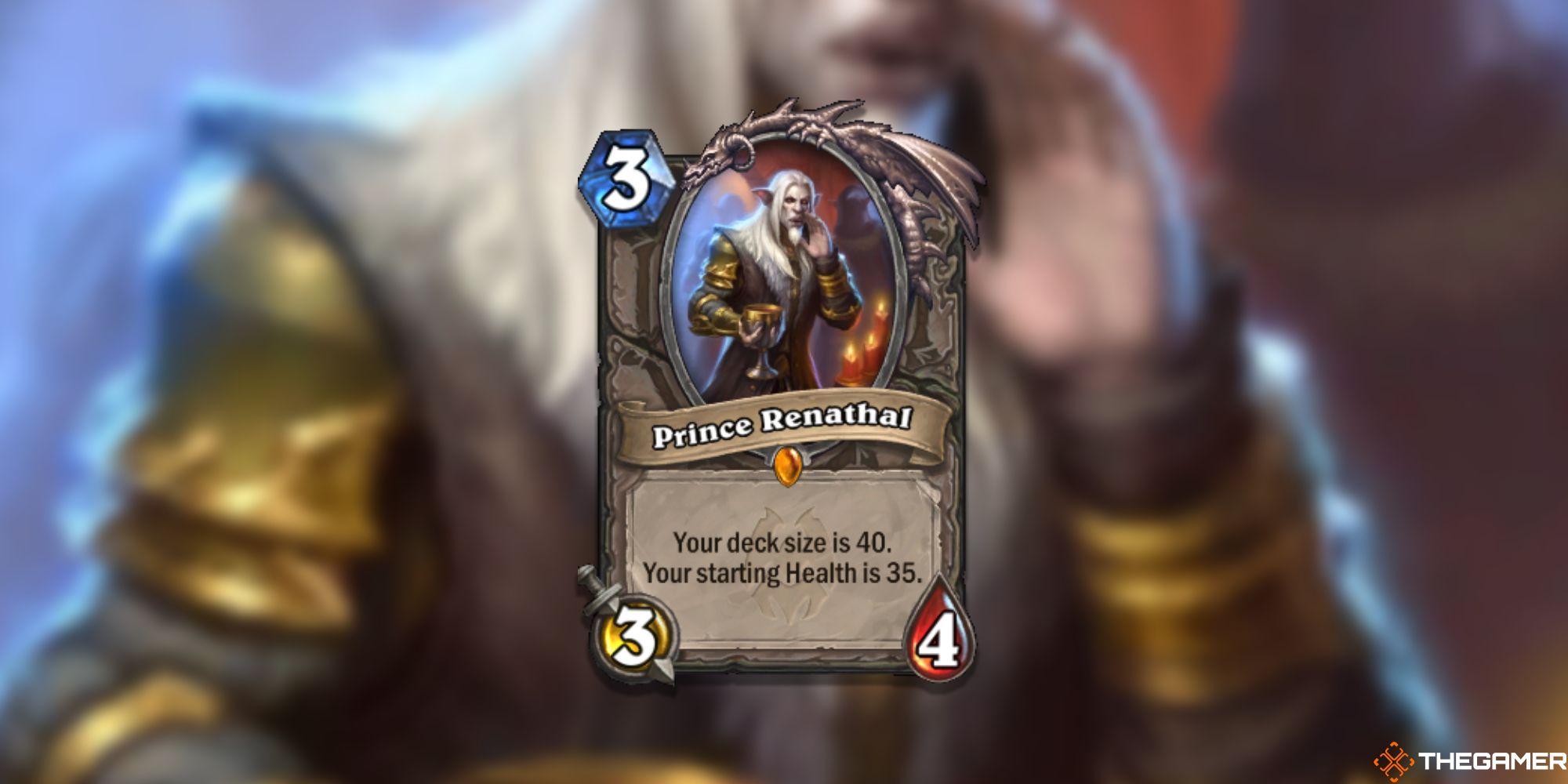Hearthstone is far from the oldest card game on the market, but it has been around for almost ten years now. In that time, thousands of cards have been introduced to the game, each leaving its own small mark on its history.
Of course, some of those cards have definitely been more impactful than others, with effects that were either so powerful or unique –or both– that their presence dramatically altered the metagame. Here are ten of the cards that warped the game around themselves more than any others, truly changing the game.
9 Undertaker
Curse of Naxxramas was Hearthstone’s first expansion, so quite a few of the cards it contained ended up seeing significant play. However, none had quite the same impact as Undertaker. When you combined it with the various Deathrattle minions introduced alongside it in Naxxramas, it could quickly grow out of control.
Back then, turn-one minions weren’t as strong, and tools for opposing decks to deal with them were less prevalent. As a result, an Undertaker played on turn one would often go unchecked and could easily win games by itself.
8 Shudderwock
Unlike most of the cards on this list, Shudderwock isn't really here because it’s an extremely strong card, though, of course, it was and is quite strong. It’s here because it is perhaps the worst offender of a problem Hearthstone struggled with for a long time –with the possible exception of Nozdormu, a card from the base– animation times.
The sheer number of Battlecries Shudderwock could copy meant that, when playing against a Shudderwock Shaman deck, after the titular minion hit the board, you just sat there for an eternity, waiting either for death or for the combo to end. The Hearthstone team eventually mitigated this problem by increasing animation speeds, but for a while, Shudderwock's presence turned the Hearthstone ladder into a nightmarish slog.
7 Barnes
Cards that warp the meta often do so in an unhealthy way, and Barnes is arguably Hearthstone's worst offender of this phenomenon. He cost four mana when he was released, and his ability to summon a copy of a minion from your deck was powerful in Priest, which could turn that 1/1 into a full-stat minion shortly after it died by resurrecting it. That was already frustrating, but the true degeneracy began when combining Barnes with Y’Shaarj, Rage Unbound. This 10/10 Legendary pulled a minion from your deck at the end of your turn.
If Barnes summoned Y'Shaarj, you would immediately get one of your massive minions on turn 4. The copy of Y'Shaarj could even pull the real version of itself. The strategy was certainly inconsistent, relying on very specific circumstances playing out for the best-case scenario, but when it happened the game was basically over. As a result, a lot of games during this meta depended entirely on whether the Resurrect Priest player had Barnes on Turn 4. It wasn't exactly the most fun time to climb the Standard ladder.
6 Reno Jackson
In the modern day, Reno Jackson may not be viewed as a powerhouse, but when he was released, his impact was undeniable. Reno's ability to save games in otherwise unrecoverable situations was so strong that it was worth changing the way players built their decks, using few, if any, duplicates to ensure he would be active when they needed him.
And Reno forced opposing players to adjust how they played as well; reducing someone to one health becomes a much less obvious decision if there’s a risk of them undoing all of your damage the next turn.
5 Yogg-Saron, Hope’s End
By any reasonable standard, Yogg-Saron, Hope’s End should have been a meme card. In an ideal world, playing an assortment of random spells would be, at best, a neutral effect. Instead, Yogg-Saron saw play at World Championships, deciding the fates of some of the most important competitive matches in Hearthstone’s history.
Sure, Yogg might kill you by hitting you in the face with ten Pyroblasts, but more often than not, it would clear the board, even in situations when no other card could. And if you were really lucky, it could actually swing the board in your favor by summoning minions. Yogg turned Hearthstone into even more of a gamble than it usually is, which ultimately led to this extremely silly card getting nerfed.
4 Genn Greymane
Genn Greymane and Baku the Mooneater were a pair of Legendary minions from The Witchwood that altered the way your Hero Power worked. Genn’s ability to make your Hero Power cost one might seem like a minor boost, but it’s more useful than you might think; it turns every class into a better version of Demon Hunter.
The real problem with both Genn and Baku was that their effects triggered at the start of the game, not when you played them. And since their effects were powerful, Standard ladder soon arrived at a point where almost every game started with one of them appearing on your screen. Eventually, the problem got so bad that Genn and Baku were actually moved out of Standard early.
He doesn’t look like much, but Patches the Pirate might be the strongest minion Hearthstone has ever seen. Upon release, he had Charge, and the early-game tempo he provided, combined with the free ability he had to thin your deck, made him an invaluable tool for any aggro deck.
While Patches was in Standard, Pirate Warrior was everywhere on ladder; in fact, he was so powerful that non-Pirate aggro decks were looking for excuses to run Pirates so they could take advantage of him. And even now, with Patches in his Charge-less state, he still sees consistent play in Wild.
3 The Caverns Below
Those who remember Journey to Un’Goro know full well how dominant The Caverns Below was. Rogue could finish the quest extremely quickly, and it wasn't easy for opposing players to disrupt their progress.
As a result, every deck in the meta either had a full arsenal of defensive tools or was aggressive enough to kill Quest Rogue decks before they could reach their maximum potential. If a deck couldn’t do either of those things, the endless tide of 5/5 minions the quest created would quickly overwhelm them.
2 Baku The Mooneater
Baku the Mooneater is Genn Greymane’s sisters card. Right now, Genn is probably the stronger card, but back when they first released, Baku was an absolute menace. She saw play in a wide variety of decks: everything from Face Hunter, to Midrange Paladin, to Control Warrior.
Over the course of a game, the upgraded Hero Powers Baku provides give you an almost unmatchable amount of value. That was even more true years ago, before the introduction of Demon Hunter and Death Knight, back when the overall power level of Hearthstone cards was much weaker, and games didn’t end quite so quickly.
1 Prince Renathal
Prince Renathal effectively changed the rules of Hearthstone. Getting an extra ten health made a massive difference against aggro and combo decks, and the increase to 40 cards doesn't matter all that much in modern Hearthstone, with so many powerful cards to choose from. Ultimately, though, Renathal was nerfed less because he was oppressively powerful and more because of the way he warped the entire game, becoming one of the most-played cards in Hearthstone.
The nerfs cut the reward you got in half, and while many players weren’t a fan of this change, the mere fact that it happened goes to show just how transformative Renathal was, as does the fact that, despite that fairly massive nerf, Renathal does still see play.

